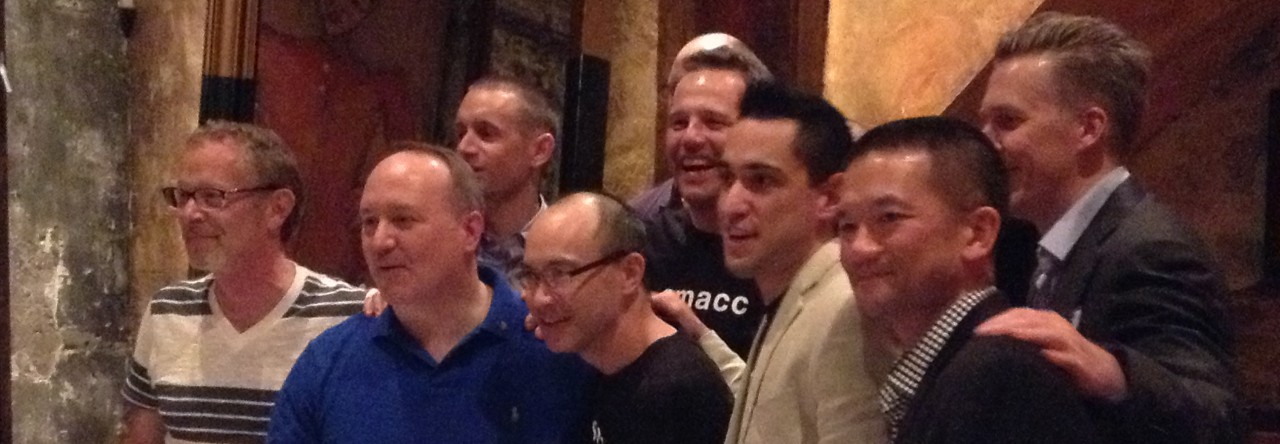Emergency advanced airway management with intubation, supraglottic airway or front of neck access is usually a high-stress time-sensitive high-acuity low-frequency situation in a critically ill patient that may rapidly deteriorate to arrest at any time. It is a difficult to practice and train however being able to train your brain and eye to recognize anatomy, landmarks and situations as well as think of possible solutions may be part of the answer. Collected here is a library of clinical and cadaveric cases to try to help me in this journey.

Head and Neck Positioning
Dynamic head elevation may be important for optimal laryngeal exposure for tube delivery.
https://twitter.com/kovacsgj/status/933094788353597440
Intubation Positioning: start with ear to sternal notch sniffing as best as you can, then during laryngoscopy if need to improve laryngeal exposure then consider dynamic head elevation (may be up or down with more/less base of neck flexion and AO extension
Head elevation effect in cadaver lab case with Rich Levitan @airwaycam. Note that all you need to deliver the tube reliably is to identify the posterior cartilages and interarytenoid notch.
Ramping may also help improve laryngeal view (but it is not always about the view).
Use dynamic head and neck positioning during laryngoscopy if required.
https://twitter.com/TBayEDguy/status/999757372359954435
https://twitter.com/french9a/status/936374907075567616
Vomitology and Fluids in the Airway
Case of Hematemesis arrest, limited mouth opening, first attempt with CMac Mac 3 blade
https://twitter.com/TBayEDguy/status/919733220916285441
Same case with the previous failed DL/VL standard geometry blade attempt, 2nd intubator with CMac D-blade
https://twitter.com/TBayEDguy/status/918851079160426496
Suction Assisted Laryngoscopic Airway Decontamination techniques (SALAD 2017) – Cadaver model and airway case
Progressive Landmark Identification with Epiglottoscopy Followed by Laryngeal Identification and Exposure
Airway On Demand: “Good example of a glidescope blade initially placed too deeply. This is common with VL beginners. Practicing Epiglotoscopy (ala Levitan) would have helped. It might be argued that the operator was using too large a blade, but still, with careful placement, this can be avoided. What is the danger? The Eso can give the appearance of the larynx with appropriate stretch. This could lead to an eso intubation.”
https://twitter.com/AirwayOnDemand/status/1012720842231476224
Avoid Plunge and Pray Laryngoscopy
https://twitter.com/TBayEDguy/status/979537453416513536
The Vocal Cords Con: Glottic impersonation
https://twitter.com/TBayEDguy/status/998239482133602304
Spontaneous breathing and air bubbles to find the airway
Air bubbles from the airway or moving cord with spontaneous respiration may be able to help identify pathologic airways where there is little recognizeable anatomy due to distortion, damage, drenching (fluids) or debris
Tongue control and creating space and alignment for tube delivery
https://twitter.com/TBayEDguy/status/970215542404427776
Optimal VL View and Tube Delivery
Cadaver lab (?) VL tube delivery. Stay back and stay high. Aim for a 50/50 view at the most (HT @kovacsgj): no more than 50% of the glottic at the top of the screen leaving lots of tube delivery space at the bottom of the screen and not more than 50% of the cords seen.
<50/50 VL view in this case: less is more
https://twitter.com/EM_RESUS/status/925360312517320704
https://twitter.com/TBayEDguy/status/971081343466532864
https://twitter.com/TBayEDguy/status/971188871802179586
Grade 2 view on hyperangulated VL (looks like CMAC Dblade) with view of esophagus, improves to Grade 1 with ELM. No tube delivery issue, styletted.
Omega shaped epiglottis VL styletted tube delivery …. into the esophagus!
https://twitter.com/EM_RESUS/status/915298846275760130
Styletted tube delivery
Normal delivery of endotracheal tube loaded with stylet
Bougie Tube Delivery
Inability to railroad tube delivery over a bougie during traumatic arrest with a bloody airway
https://twitter.com/TBayEDguy/status/957083846482255873
Tube delivery over bougie with no issues in this case
https://twitter.com/EM_RESUS/status/930233774377459712
Blade choice
Airway Trauma and Pathology
Stab wound to the neck
Ludwig’s angina
Foreign body
https://twitter.com/Nick_Roy/status/971035929203937288
Combo Techniques
Combination of VL plus flexible endscopy is a complimentary technique where VL provides the space to get to just above the glottis and then flex can navigate perilaryngeal pathology and confirm navigation into the trachea.
https://twitter.com/kovacsgj/status/933098212612702210
Awake intubation
Awake intubation cases by flexible endoscope
Example of cadaver lab(?), flexible endoscope (aScope) through an endotracheal tube loaded into a channeled king vision and navigating the endoscope into trachea
